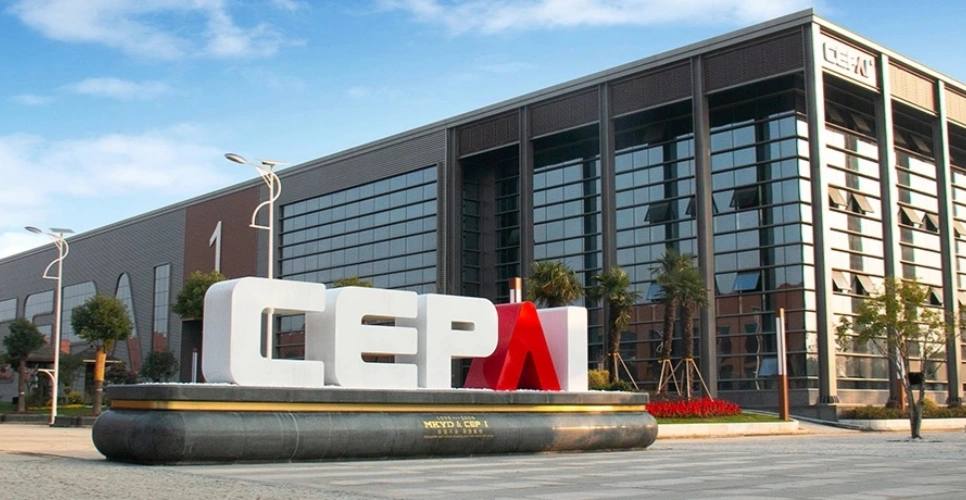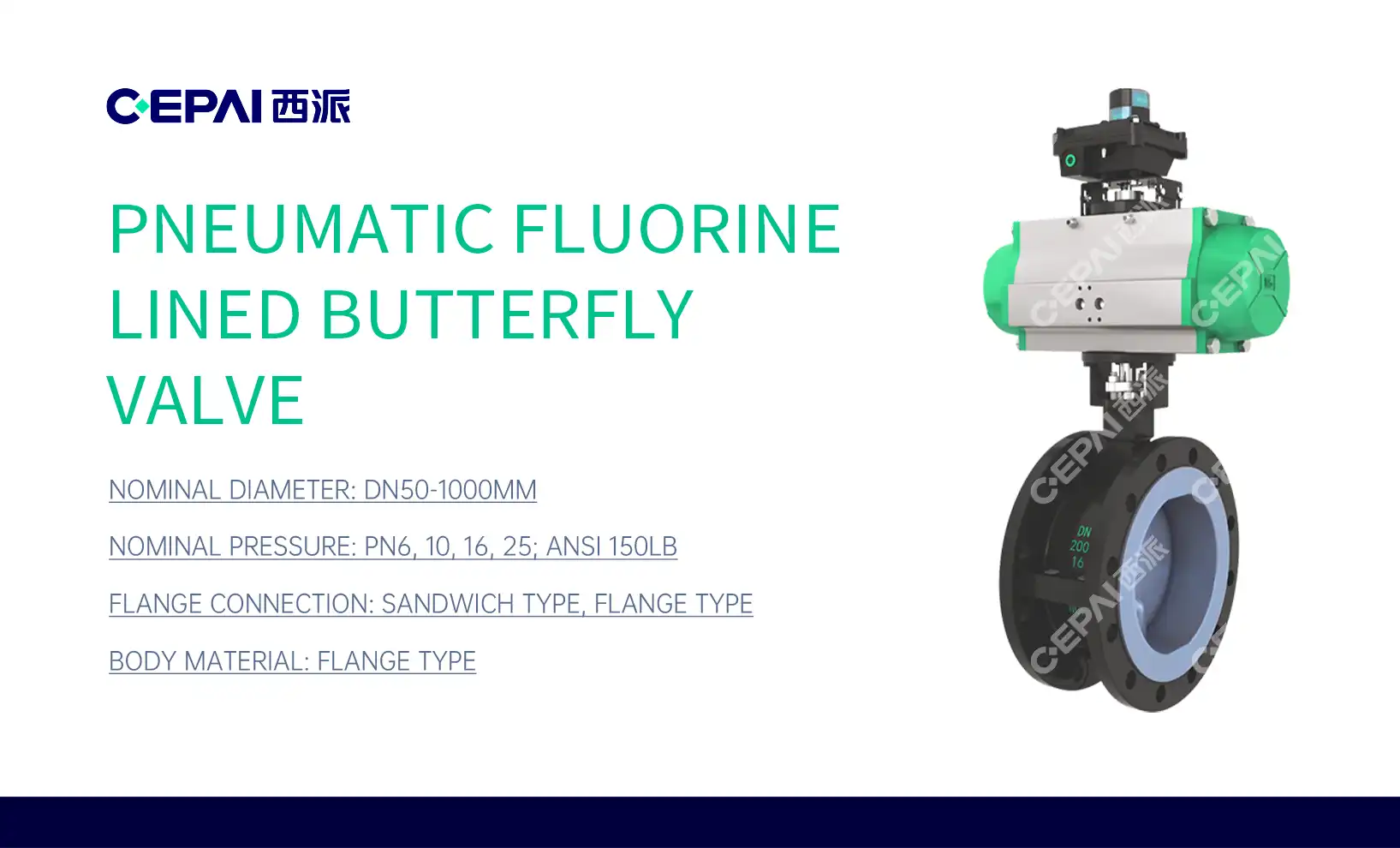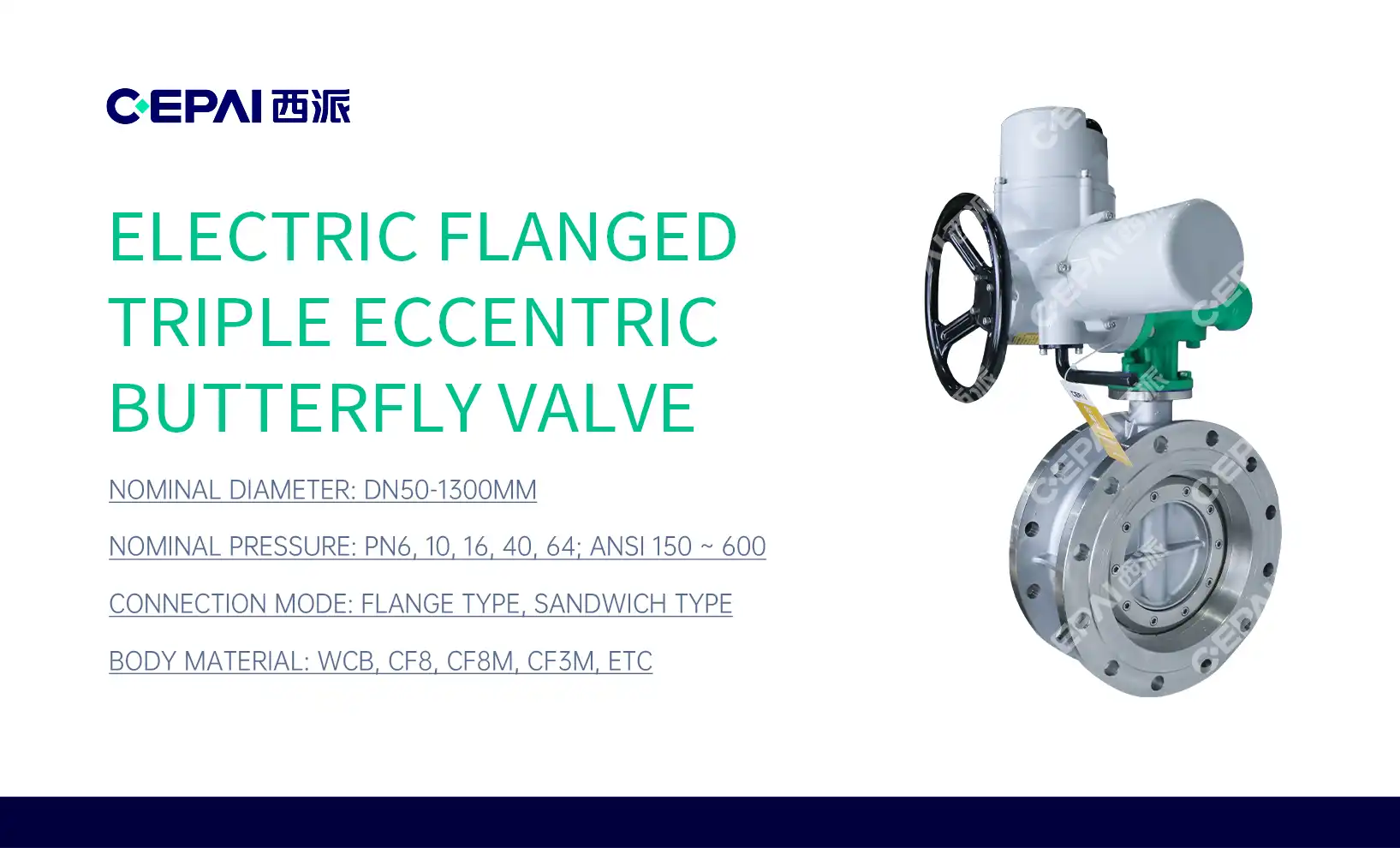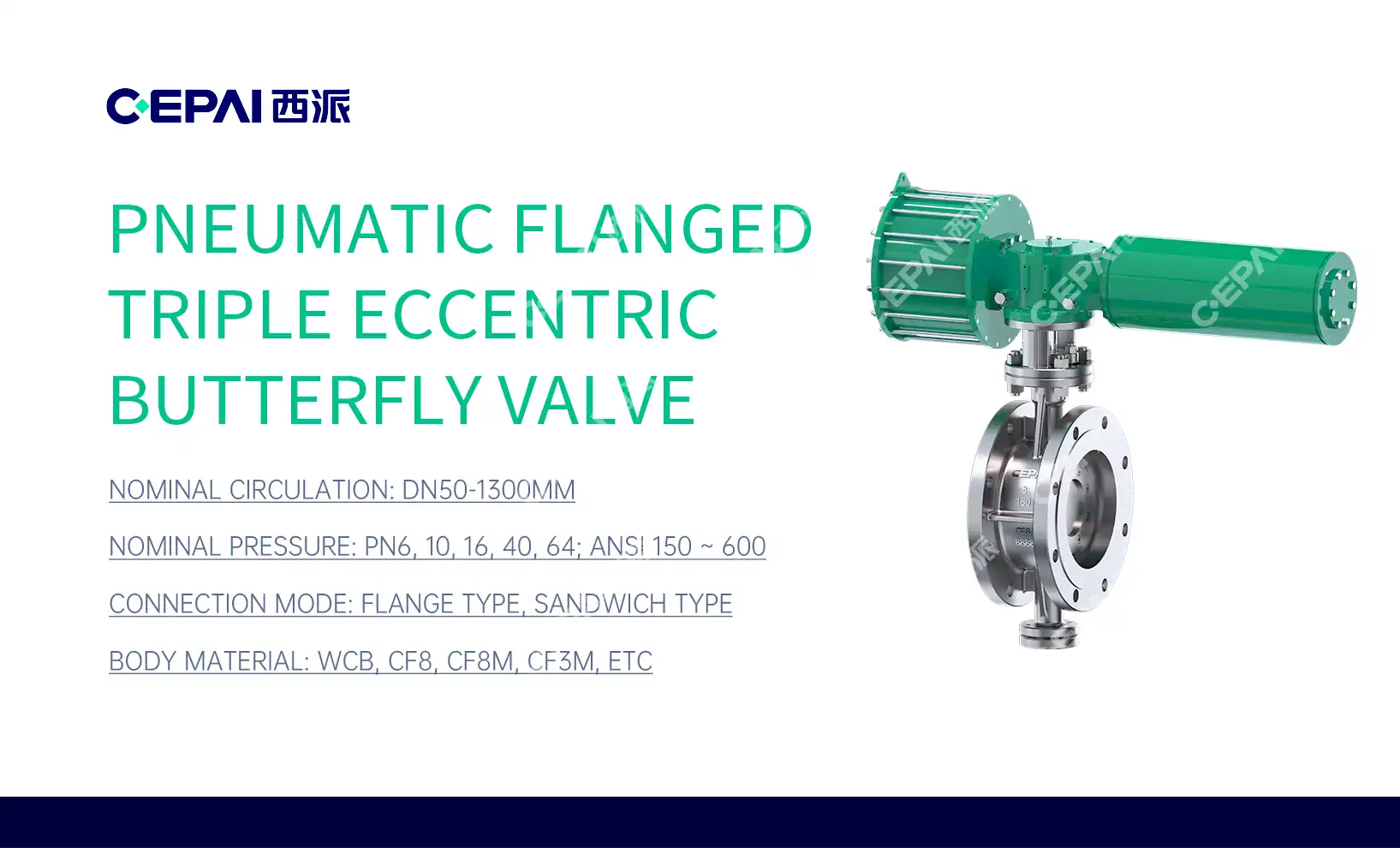How to Extend the Lifespan of Stainless Steel Butterfly Valves?
To extend the lifespan of stainless steel butterfly valves, focus on regular maintenance and proper usage. Clean them periodically to remove buildup that causes corrosion or jamming. Lubricate moving parts with compatible agents to reduce friction. Install in environments matching their ratings, avoiding extreme temperatures or pressures. Choose high-grade alloys like 316 for better resistance. Inspect seals and discs quarterly, replacing worn components promptly. Operate within cycle limits to prevent fatigue. In oil drilling, protect from abrasive media with filters. Store spares in dry conditions. These steps can double service life, cutting replacement costs. Certified designs endure harsh conditions longer. Pair with monitoring tools for early issue detection. This approach keeps valves reliable in global pipelines, supporting efficient operations without frequent overhauls.

Selecting and Installing for Optimal Durability
Choosing the right stainless steel butterfly valve sets the foundation for longevity. Installation plays a big role too. Match specs to your needs and follow best practices. This reduces early wear. Insights from valve research highlight key factors.
Material Grades and Their Benefits
Stainless steel grades vary in composition, impacting endurance. Grade 304 offers basic corrosion resistance, suitable for mild environments, while 316 includes molybdenum for enhanced pitting resistance in chloride-rich settings like offshore drilling. Duplex grades, with higher chromium and nickel, provide superior strength against stress cracking, ideal for high-pressure pipelines. In manufacturing, these alloys undergo heat treatment to achieve hardness levels above 200 HB, minimizing deformation under load. Compatibility with media prevents galvanic reactions; tests show 316 lasts 50% longer in acidic flows. Professional selection involves reviewing ASTM standards, ensuring yield strength exceeds 30 ksi. This choice fortifies valves against environmental assaults, extending operational spans in gas production systems.
Proper Sizing and Application Matching
Size stainless steel butterfly valve to flow rates, avoiding undersizing that causes turbulence and erosion. Calculate Cv values to ensure efficient passage without excessive velocity, which abrades discs. In wellhead applications, match pressure classes to system demands, like PN40 for moderate duties. Mismatched setups lead to cavitation, pitting surfaces over time. Engineering models simulate flows, predicting wear patterns. Opt for wafer or lug styles based on piping; lugs offer better support in vibrating lines. Detailed specifications include disc offset for reduced torque, easing actuation. This precision matching, rooted in fluid dynamics, preserves integrity, supporting sustained performance in regulating tasks across international markets.
Installation Techniques to Avoid Stress
Align flanges precisely during installation to prevent twisting that strains bodies. Use gaskets compatible with stainless steel to avoid compression set. Torque bolts evenly in a star pattern, adhering to 20-30 Nm for small sizes, preventing leaks. Support heavy actuators to minimize leverage on stems. In field setups, employ laser tools for alignment accuracy within 0.5 degrees. Isolate from vibrations with dampeners. Post-installation, cycle test under low pressure to confirm smooth operation. This meticulous process, aligned with API guidelines, averts premature failures, ensuring valves thrive in demanding oil extraction environments.
Routine Maintenance Practices for Longevity
Consistent care keeps stainless steel butterfly valves in top shape. Simple habits make a difference. Schedule checks and cleanings. This wards off common issues. Draw from service expertise for effective routines.
Cleaning and Lubrication Schedules
Clean stainless steel butterfly valve every six months, flushing with mild detergents to dissolve residues without etching stainless surfaces. For lubrication, apply silicone-based compounds to stems quarterly, ensuring penetration to bearings. In abrasive media, increase frequency to monthly. Professional protocols involve ultrasonic cleaning for deep removal of particulates, followed by drying to prevent moisture-induced corrosion. Select lubricants with viscosity indices above 100 for temperature stability. Track application logs to monitor effects on torque reduction, often dropping 15%. This regimen maintains smooth rotation, crucial for emergency cutoffs in pipeline networks, enhancing overall system reliability.
Inspection and Component Replacement
Inspect discs and seats visually for scoring, using borescopes for internal views. Measure stem play with calipers, replacing if exceeding 0.02 inches. Swap elastomeric seals annually in harsh conditions, opting for Viton for chemical resilience. In labs, non-destructive testing like dye penetrant reveals microcracks. Document wear rates to predict failures, adjusting intervals based on usage data. For high-cycle valves, upgrade to metal seats for durability beyond 100,000 operations. This proactive replacement, supported by trend analysis, curtails downtime in instrumentation-heavy oil production setups.
Operational Adjustments for Wear Reduction
Limit throttling to partial openings, as full modulation accelerates erosion. Install upstream filters to block debris. Monitor actuation speeds to avoid slamming, which fatigues materials. In automated systems, program soft starts via PLCs, reducing impact forces. Adjust for thermal expansion with flexible couplings. Cycle counts inform rest periods, preventing overheating. Engineering reviews optimize duty cycles, extending life by 30% in continuous operations. This fine-tuning preserves functionality in throttle valve roles, vital for precise flow control in global energy sectors.
Advanced Strategies for Enhanced Performance
Beyond basics, advanced tactics boost lifespan. Incorporate tech and monitoring. Adapt to specific challenges. These methods stem from innovation in valve development.
Protective Coatings and Upgrades
Apply epoxy coatings to stainless steel butterfly valve exteriors for extra corrosion barriers, effective in humid climates. Internal PVD coatings on discs reduce friction coefficients to 0.1, minimizing wear. Upgrades like cryogenic treatments enhance microstructure, boosting fatigue resistance. In research, accelerated aging tests validate coatings lasting 10 years in marine exposures. Select nano-enhanced formulas for self-healing properties against minor scratches. Professional application involves surface preparation via sandblasting to Ra 0.8 microns. This enhancement fortifies valves for subsea use, prolonging service in aggressive media.

Monitoring Technologies and Predictive Maintenance
Deploy vibration sensors to detect imbalances early, integrating with IoT for real-time alerts. Acoustic monitors catch leaks via sound signatures. Predictive software analyzes data, forecasting failures with 90% accuracy. In factories, digital twins simulate scenarios, optimizing maintenance. Install torque transducers on actuators to track rising values indicative of binding. Cloud platforms enable remote diagnostics, reducing site visits. This tech-driven approach, compliant with ISO 45001, anticipates issues in wellhead devices, ensuring uninterrupted flows in drilling operations.
Environmental Considerations and Adaptations
Shield from UV with covers in outdoor installations to prevent polymer degradation. In cold zones, use heaters to avoid freezing. Adapt for seismic areas with reinforced mountings. Environmental audits assess risks, guiding custom modifications like alloy additions for sour gas resistance. Testing per NACE standards confirms H2S tolerance. Adjust designs for altitude effects on pressure. This adaptation, based on site-specific data, sustains performance in diverse global locales, from arctic rigs to desert pipelines.
Conclusion
Extending the lifespan of stainless steel butterfly valves hinges on smart selection, routine care, and advanced protections. Clean regularly, inspect often, and use monitoring tools. Match materials to conditions and install correctly. These practices cut costs and boost reliability in oil and gas. Embrace upgrades for tough environments. For premium options, consult specialists with certified expertise. Your systems gain from durable, efficient valves that last.
FAQs
1. How often should I clean a stainless steel butterfly valve?
Every six months, or more in dirty media.
2. What materials resist corrosion best?
Grade 316 excels in salty or chemical settings.
3. Can lubrication prevent jamming?
Yes, use suitable types quarterly for smooth action.
4. Is monitoring tech worth it?
Absolutely, it predicts failures and saves on repairs.
5. Do temperature changes affect lifespan?
Extremes cause expansion issues; insulate to mitigate.
Advancing Longevity Through Intelligent Manufacturing
Our company has invested 156 million yuan in the intelligent transformation and upgrading of the factory for the application of high-end equipment, and has built the longest high-precision intelligent manufacturing flexible production line in the Asia Pacific region. The length and accuracy of the production line are currently the largest high-end intelligent production line in the domestic industrial field. Cepai Group has built an industrial Internet benchmark factory, an intelligent manufacturing demonstration factory and a remote operation and maintenance service system to achieve online AR remote operation and maintenance guidance and enhance users' dependence on Cepai; Relying on independent core technologies and targeting segmented market brand strategies, we deeply cultivate the international dual circulation market, integrate innovation. Relying on independent core technologies and targeting segmented market brand strategies, we deeply cultivate the international dual circulation market, integrate innovation. As a leading stainless steel butterfly valve manufacturer, Cepai Group offers durable, certified products for global energy applications. Contact cepai@cepai.com for superior solutions.

References
Butterfly Valves: Torque, Head Loss, and Cavitation Analysis by AWWA, American Water Works Association, 2012.
Valve Handbook by Philip L. Skousen, McGraw-Hill Education, 2011.
Stainless Steels for Design Engineers by Michael F. McGuire, ASM International, 2008.
Industrial Maintenance and Mechatronics by Shawn A. Ballee and Gary R. Shearer, Goodheart-Willcox, 2018.
Corrosion Resistance of Stainless Steels by Donald B. Hoover, CRC Press, 1995.
Predictive Maintenance of Pumps Using Condition Monitoring by Raymond S. Beebe, Elsevier, 2004.
_1746598525968.webp)
Get professional pre-sales technical consultation and valve selection services, customized solution services.

About CEPAI


